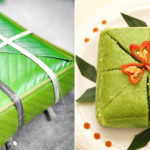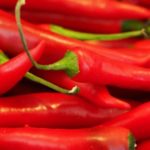Rice is a staple food in the diet of Vietnamese people, and both rice types are commonly used in main meals and various traditions. While they share high nutritional value, there are distinct differences between them.
1 What is Sticky Rice?
Sticky rice, also known as glutinous rice, is a popular variety in Asia. It has a round, short grain with an opaque, milky color. When cooked, it expands less and becomes sticky, with a sweet fragrance and mild sweetness.
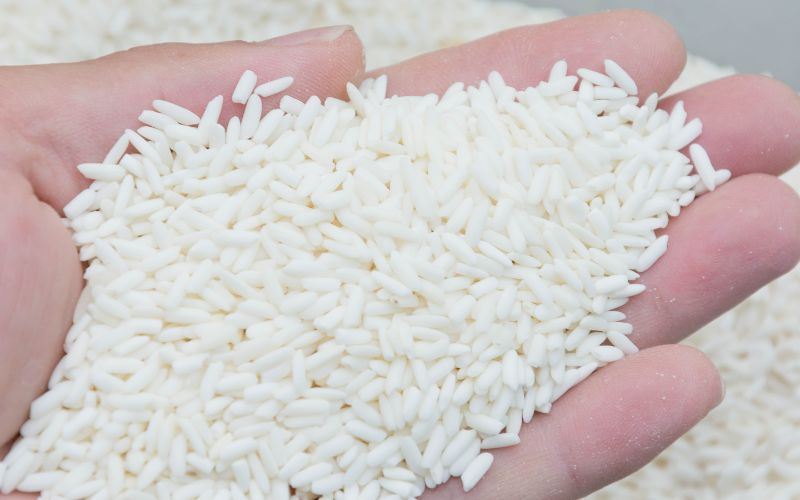 Sticky rice, also called glutinous rice
Sticky rice, also called glutinous rice
2 What is Regular Rice?
Regular rice, or white rice, is a familiar staple in every Vietnamese household. It is harvested from paddy fields and goes through a process of husking to remove the outer husk, resulting in short, opaque grains.
 White rice is a common staple in Vietnamese families.
White rice is a common staple in Vietnamese families.
3 How to Distinguish Between Sticky and Regular Rice
Appearance
Sticky rice grains are long or relatively round and short, but they share a milky white color similar to wax. In contrast, regular rice grains are longer and smaller, with a dull white, slightly translucent appearance.
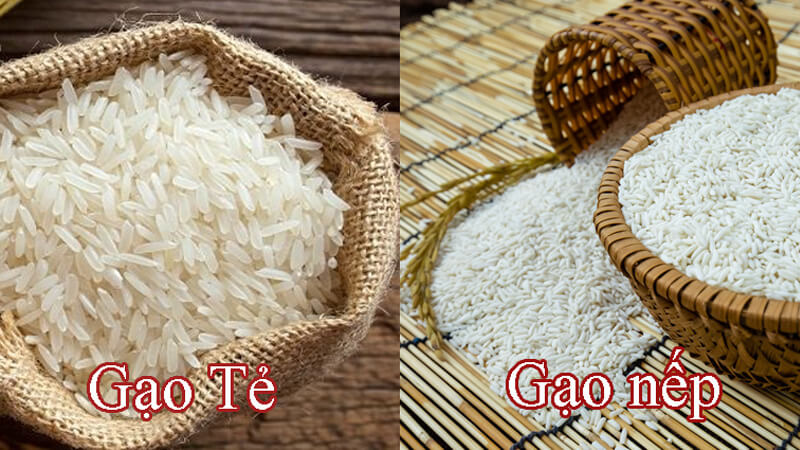
Taste and Texture
Both types of rice offer a sweet taste due to their natural sugar content. However, they differ in their stickiness and cooking characteristics. Sticky rice has a higher level of stickiness, expands less during cooking, and is stickier than regular rice. Its grains tend to clump together when cooked, giving a longer-lasting feeling of fullness.
Regular rice, on the other hand, exhibits higher grain expansion, requiring more water for cooking. It is less sticky, resulting in fluffier and more separated grains when cooked, making it easier to eat.
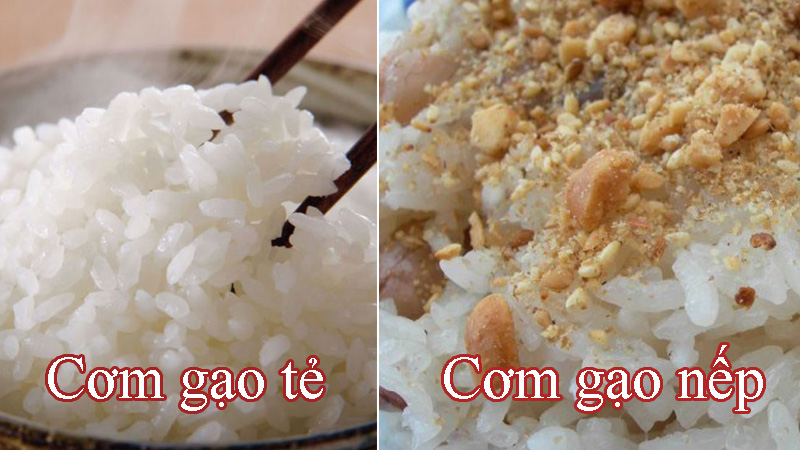
Nutritional Value
Regular rice is a good source of essential nutrients such as carbohydrates, protein, vitamins C and B1, niacin, calcium, and iron. Every 100 grams of regular rice contains 350 kcal, providing necessary energy and nutrition for the body.
Sticky rice, particularly purple sticky rice, is considered more nutrient-rich. It is a good source of iron, fiber, antioxidants, and vitamin E, which boost overall health and immunity. Sticky rice is warming, sweet, and easily digestible. Per 100 grams, it contains 344 kcal.
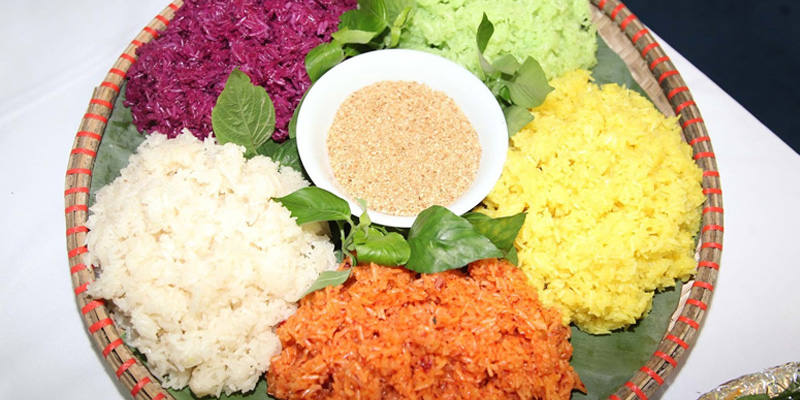
The most noticeable difference when consuming these rice types is the feeling of fullness. Sticky rice makes you feel fuller for longer due to its higher stickiness and lower expansion rate. This means that cooking a cup of sticky rice requires more rice than cooking a cup of regular rice.
Practical Applications
Regular rice is primarily used for cooking daily meals and is difficult to replace in Vietnamese cuisine. It helps relieve colds and is easy to digest for sick people.
Sticky rice, on the other hand, is more versatile. It can be used for cooking sticky rice dishes, making cakes (such as Banh Chung, Banh Day, and Banh Tet), and brewing wine, among other applications.
4 Some Delicious Sticky and Regular Rice Products on Our Website
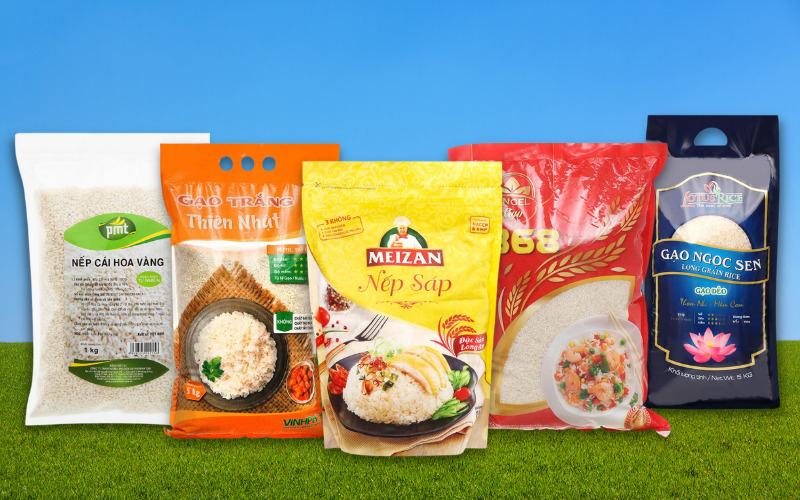 Delicious sticky and regular rice products available on our website
Delicious sticky and regular rice products available on our website
Nếp Cái Hoa Vàng PMT (Sticky Rice)
Nếp Cái Hoa Vàng PMT is a specialty sticky rice from Northern Vietnam, cultivated following strict guidelines without the use of stimulants, ensuring safety. Its grains are large and round, and when cooked, they release a distinctive aroma and have a deliciously sticky texture.
Estimated price: 38,000 VND per unit
Nếp Sáp Meizan Long An (Sticky Rice)
Nếp Sáp Meizan Long An is grown following strict protocols to ensure safety and quality, resulting in full, round grains with a milky white color. Its natural fragrance and moderate stickiness make it a delightful choice for sticky rice dishes.
Estimated price: 32,500 VND per unit
Gạo Trắng Thiên Nhật (Regular Rice)
Gạo Trắng Thiên Nhật is cultivated following stringent protocols, ensuring safety and quality. It is free from preservatives, artificial flavors, and whitening agents. When cooked, it yields soft, fluffy rice that enhances the dining experience.
Estimated price: 77,000 VND per unit
Gạo Trắng Lotus Rice (Regular Rice)
Gạo Trắng Lotus Rice is produced using advanced, scientific methods, without the use of harmful chemicals. As a result, the rice maintains its superior quality and delicious flavor. When cooked, it becomes soft, sticky, and mildly fragrant.
Estimated price: 115,000 VND per unit
Gạo Trắng 6868 Angel (Regular Rice)
Gạo Trắng 6868 Angel is a premium variety known for its white, fragrant, and soft grains. When cooked, it yields sticky, fluffy, and aromatic rice, making meals more appetizing and satisfying.
Estimated price: 112,500 VND per unit
The choice between sticky rice and regular rice depends on the intended use in cooking. Nonetheless, both types of rice are indispensable in the culinary culture of Vietnam, serving as vital sources of sustenance.


























